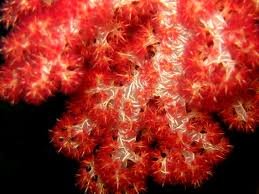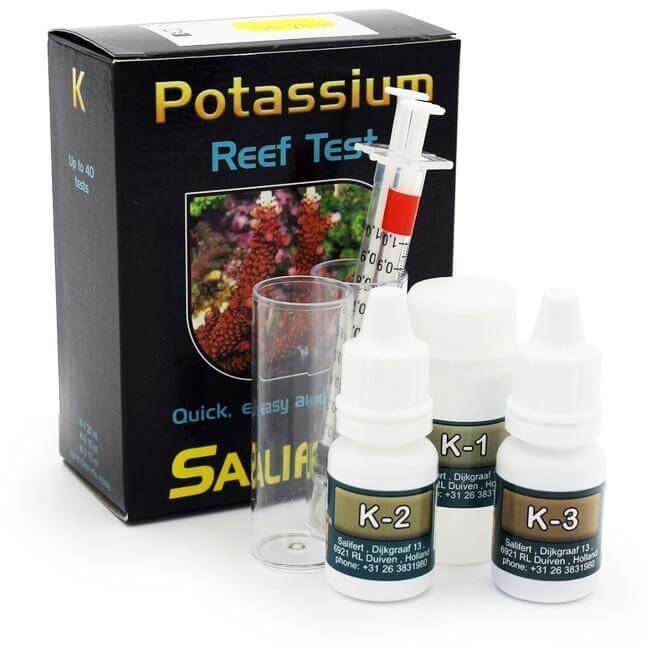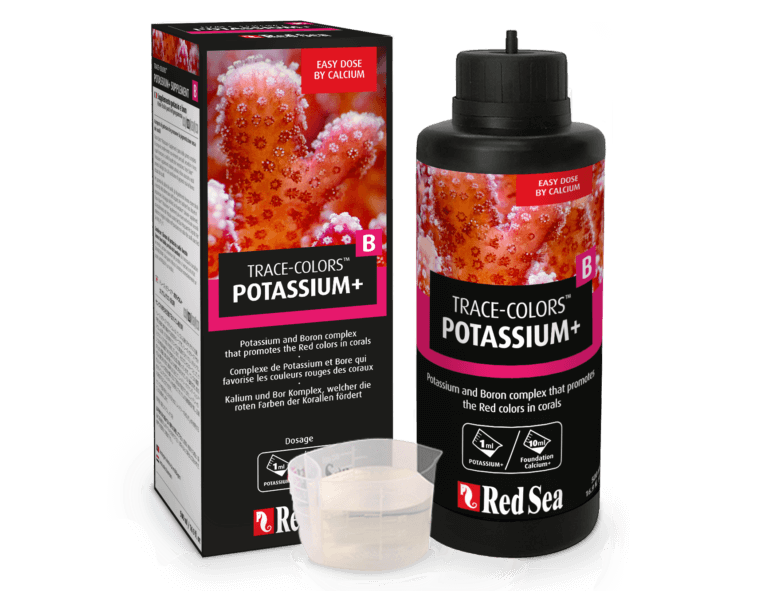Exploring The Role of Potassium in Coral Growth
When it comes to the essential water parameters for coral colour and growth, many of us in the aquarium keeping hobby go straight for the basics. Nitrate, Phosphate and the reef foundation parameters of Calcium, Alkalinity and Magnesium. But more often than not, we neglect other elements that are not only essential for growth, but have a significant effect on growth and colouration.
In the second of our trace element blogs, we shall discuss an often overlooked trace element, Potassium.
Potassium’s Role for Organic Life

Potassium (chemical symbol K), is a highly reactive Alkali Metal, existing in nature as various Potassium compounds. Among them are life giving salts that play a crucial part in cell function, and our bodies in particular regulate potassium levels tightly. On the reef, Potassium is not only vital for cell function, but also for skeletal growth. Potassium also acts as a fertilizer for Zooxanthellae; the photosynthetic algae found in the tissues of most corals. Potassium compounds promote the red colours in corals, and an optimal Potassium level can make for some spectacular colour amongst small and large polyp Stony Corals (LPS, SPS) especially.
Optimum Potassium Levels in the Aquarium
Testing and Dosing for Potassium
Boxed test kits such as the Salifert Potassium Test Kit, present a reliable way to test for Potassium quickly, but the most effective way to not only test for Potassium, but for all essential elements, is through an ICP Test such as those offered by Fauna Marin & Triton. This is the option many seasoned aquarists pick, as it gives a comprehensive breakdown of all elements present in your aquarium water as well as a clear indication of deficiencies and contaminants.

For dosing Potassium, there are many brands to choose from, one recommended reagent is the Red Sea Trace Elements B, Potassium. This easy to dose reagent is one I’ve personally used in the past to treat low potassium levels in my old 50 Gallon aquarium, with noticeable improvement in colour and growth in just a few weeks.

Potassium is an element often overlooked, but is no less important not just for our aquariums, but for life in general. Keep your levels up, and optimal growth and vibrant reds will surely result. We at aquariumkeeping.co.uk are always happy to answer any questions relating to this blog, as well as aquarium keeping in general. Feel free to contact us via the website or any of our social media links below.
Related Articles:

